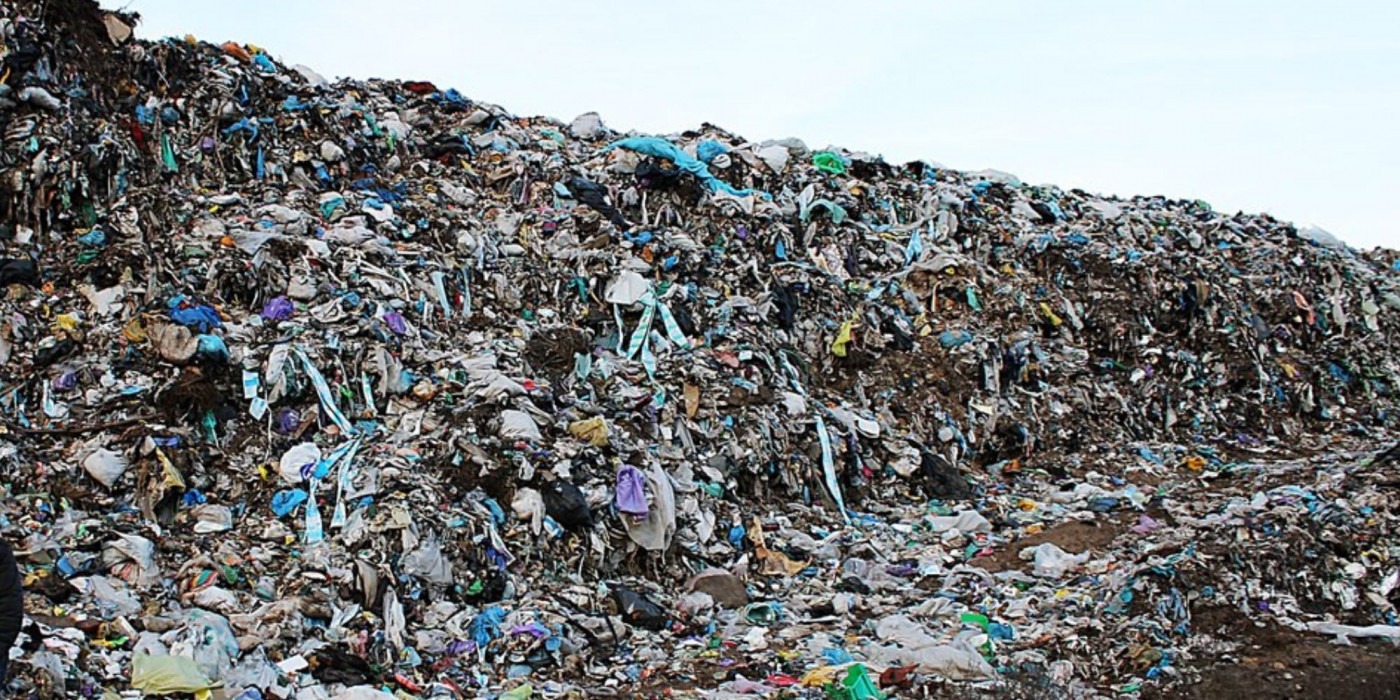Sustainable fashion: Myth, marketing or more?
Sustainable fashion and the idea of sustainability is a general term that companies throw around a lot nowadays. With terms such as greenwashing being in vogue, sustainability is often seen as an attempt by companies to receive positive exposure and ensure that they appear to be doing their part. As the finger starts pointing towards them, companies want to be seen as doing their part in preventing environmental havoc and worsening conditions for workers. It is expected that companies be mindful. Therefore, these companies undertake initiatives to keep themselves out of the line of fire and shield themselves against the heaps of criticism they may otherwise receive.
Establishing sustainability in a practical manner is nothing less than a tricky balancing act. Providing individuals with affordable clothing is one thing, but at the same time, sustainable practices mean that such clothes are out of the stratosphere for those who are casual shoppers. What are we exactly referring to when we talk about sustainability? Is it purely environmental, or about ethics too, such as the working conditions of individuals? In the US, many factories still exploit workers and even use prisoners as a source of cheap labour. Is this a sustainable practice? Arguably not.
One’s wardrobe shouldn’t resemble the backrooms of an H&M. Let’s be serious – it’s just not necessary
The critical issue, though, is supply. Companies need to supply a certain quantity of products to make great enough profits for shareholders of a brand. Creating a localised collection with local materials, buying locally, and supporting regional economic growth is a positive way forward. It should not remain a simple fad but should be actively encouraged.
Of course, we can’t talk about sustainability without highlighting the role of individuals like you and me. Some individuals find it necessary to buy multiple colours of a singular item, like a pair of shorts or a shirt. They collect clothes they don’t end up wearing – clothes that find their way to the back of their closet, gathering dust as moths peck holes within the crevasses of the sleeves and shoulders of jumpers. I would advise such individuals to consider taking a closer look at their buying habits and slimming their clothing collection to a more manageable stock. One’s wardrobe shouldn’t resemble the backrooms of an H&M. Let’s be serious – it’s just not necessary.
Constant advertising leads to irresistible indulgence in many cases. The advent of online clothes shopping makes it even easier to destroy the environment one step at a time. A significant carbon footprint is accumulated through products travelling across the world through multiple warehouses just to get to consumers. At the same time, if consumers bought locally, then this would have been partially eliminated.
Instead of thinking about pricing, sourcing, and carbon footprints, let’s focus on resources for now. Resources are used and extracted by brands. In my opinion, if these resources are removed cautiously and sustainably – such as by extracting cotton without eroding the soils – this would add some real value to the brands attempt to become a sustainable outlet for fashion.
If we limit the quantity of supply but up the price, it could lead to change
The overuse and over-extraction of resources, especially resources such as water, cotton and animal products that go into clothing, if purely mass-produced, is problematic for the environment. If we limit the quantity of supply but up the price, it could lead to change. However, it would make sustainable fashion less accessible. The moral quandary that needs to be solved is the economics of opening up local businesses and satisfying their prerogative of ensuring a steady supply to meet their bottom line.
If brands think along these lines, I think it is a win, even if it’s phoney, because it ensures they are considering these issues rather than ignoring them. Moreover, they’re promoting them to the general public, which could create a domino effect for other fashion houses that might feel pressured to become sustainable.
Many consumers have to settle for online stores as they see their local favourites shutting down
The crux of the solution is that company culture needs to change. As the online world becomes even more popular, the costs of being a small business are often too much. These prohibitive costs are so much so that these businesses get pushed out in favour of massive retailers. Many consumers have to settle for online stores as they see their local favourites shutting down – dirty metal shutters sinking to the dusty ground outside what was once a clothing store and now represents the changing reality of clothing stores. The necessity of having in-person clothing stores to try on clothes could halt this trend. There needs to be an expectation for companies to have nuanced policies that revolve around maintaining a balance between providing a level of stock that satisfies their consumer base and expanding their business.
When it comes to sustainable fashion and thinking about whether it is another example of a corporate effort at attracting customers, or a genuine attempt by brands at fixing bigger problems? The answer is that it’s complicated.

Comments